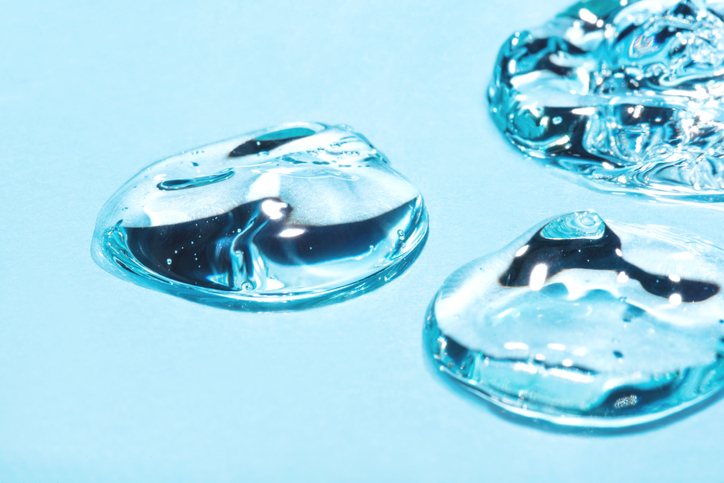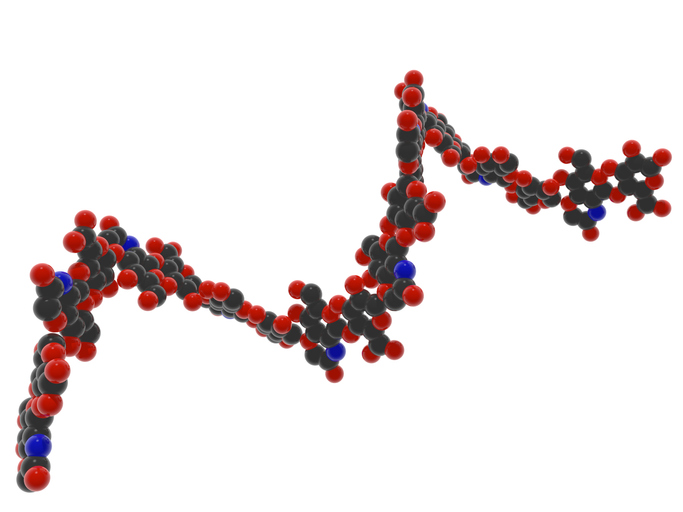Hyaluronic Acid Characterization

Hyaluronic acid (HA) is a naturally synthesized, highly linear polysaccharide found in a variety of tissues including joint space, vitreous humor, connective tissue, synovial fluid, and even chicken combs. It is seeing increased use in the biomedical device and pharmaceutical industries.
Why Size Matters
Naturally synthesized HA is typically of a very high molecular weight well over 1,000,000 g/mol; it is extremely hydrophilic, highly lubricious, undergoes degradation in response to naturally occurring hyaluronidase enzymes, and binds to a variety of biological receptors. Such properties have driven interest in the use of HA for a variety of applications, such as treatment of osteoarthritis knee pain, drug delivery/targeting, and tissue engineering.
In a physiological solution, the HA molecule exists in a twisted and entangled ribbon structure, evolving from a combination of its repeat unit structure, internal hydrogen bonding effects, ionic interactions with the solvent, and its highly linear structure. These properties, in conjunction with the molecular weight of HA, have been shown to strongly affect its functional rheological properties, as has been reported by CPG scientists in the past.
How CPG Characterizes Your Hyaluronic Acid
CPG has extensive experience in characterizing hyaluronic acid, and assists clients with a variety of analytical techniques, including:
- Molecular weight assessment by:
- Conventional gel permeation chromatography
- Triple detection chromatography
- Rheology
- Flow behavior by shear and small amplitude shear rheology
- Coefficient of friction
- Degree of crosslinking
- Surface adhesion/interactions
- Impurities assessment
- Aging behavior
Contact Us
Contact a CPG scientist for a quote tailored to your HA characterization needs.
